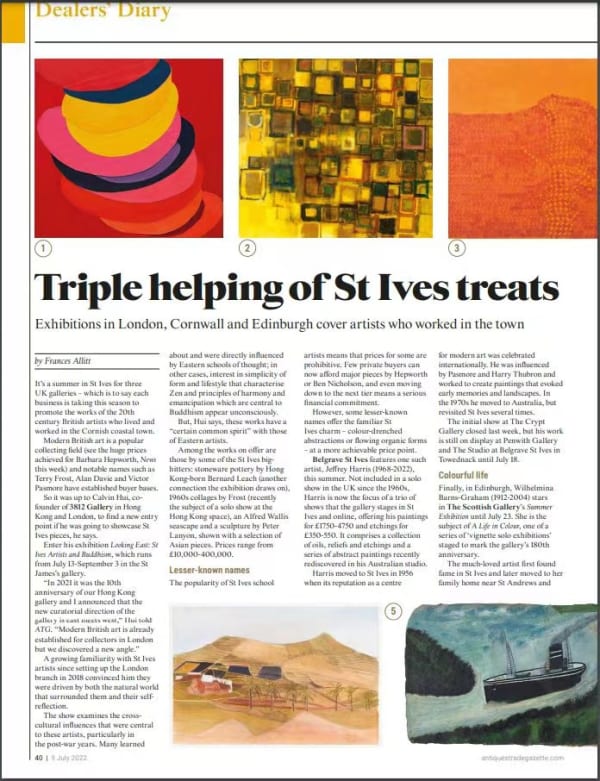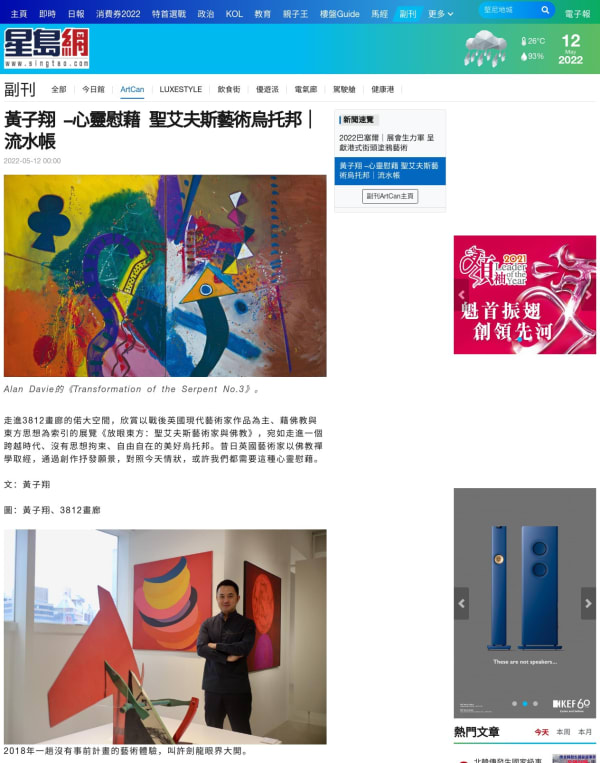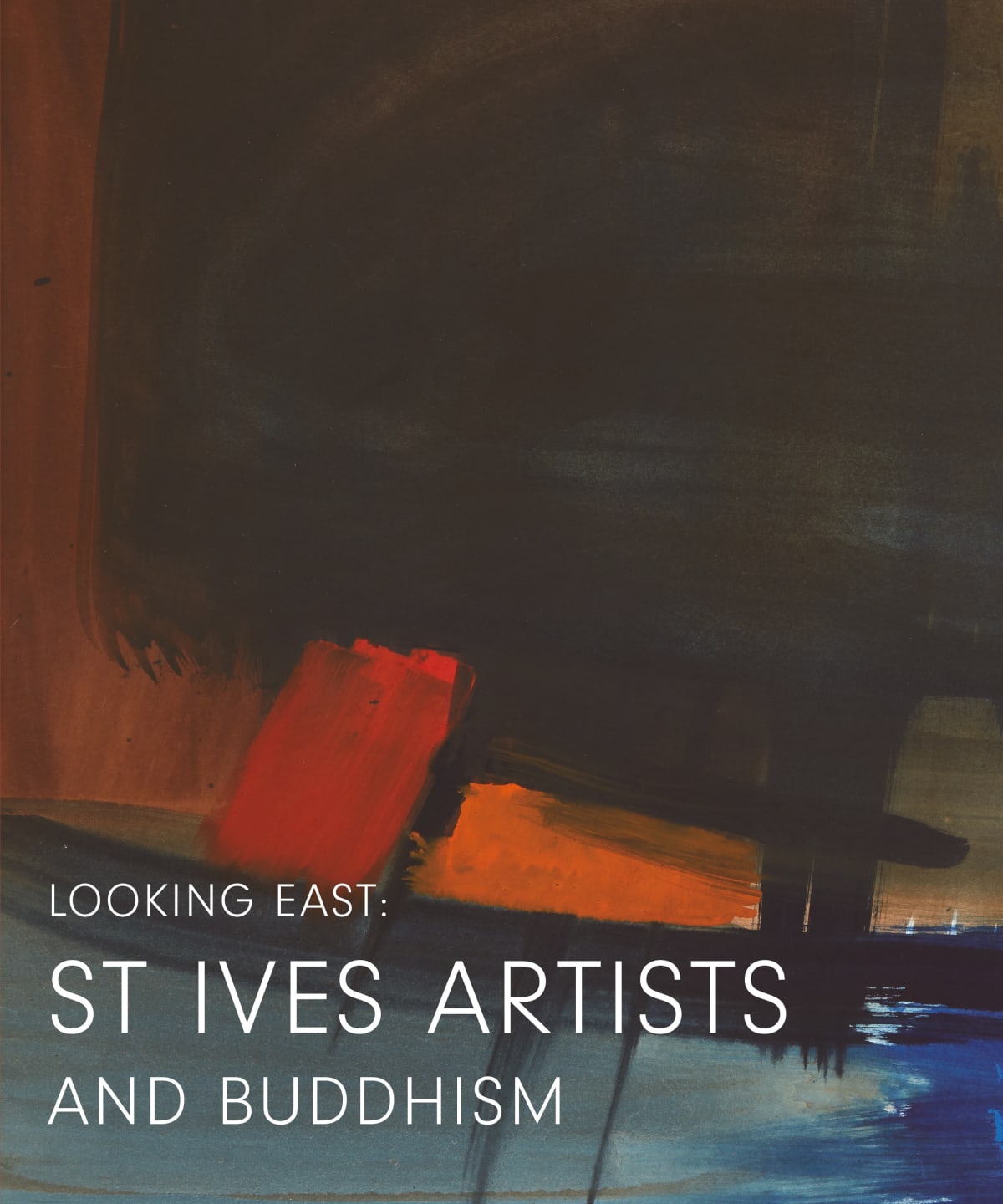William Staite Murray 威廉.史黛特.莫瑞
William Staite Murray (1881-1962), one of the most important British potters and educators of the inter-war years, was also one directly affected by avant-garde ideas in current British and European painting and sculpture, exhibiting his work in fine art galleries and considering his pots primarily as a type of sculpture, objects which united original often anthropomorphic form with deft expressive brushwork.
Murray's training began at evening classes in pottery at Camberwell School of Art from 1909-1912 and after the war established his first pottery at Rotherhide in 1919, and moving to Brockley in 1924.
Inspired by Chinese ceramics from the Sung dynasty, Murray worked in direct contrast to Bernard Leach’s desire to mass-produce hand-made functional pottery. Instead he wanted to raise the artistic perception of ceramics, seeing his pots as having the same value as painting and sculpture. His works were individually named and retailed at high prices to raise them above any overtly functioning or domestic purpose and they were exhibited alongside some of the foremost artists and sculptures of the time. His distinctive and original shapes, which included flared bowls with prominent feet and tall tapering bottles, grew increasingly Chinese in character, and perhaps even nearer to the purity extolled by the formalists of that time.
In 1925 Murray was controversially appointed Head of the Royal College of Art Ceramics Department in preference to the more famous Bernard Leach, which created two distinct schools of Ceramic Art at the time, some following Leach’s craft ethics and other Murray’s Art Pottery route. In 1939 he left England for Rhodesia, where he ceased to pot.
-

放眼東方:聖艾夫斯藝術家與佛教
2022年7月13日 - 9月10日 倫敦3812畫廊在《放眼東方:聖艾夫斯藝術家與佛教》香港展覽結束之後,將其遷至倫敦重新呈現,解構東方哲理玄思對戰後英國現代藝術的影響。 Toby Treves 談 Peter Lanyon 的 Field Landing ...閱讀更多 -

放眼東方:聖艾夫斯藝術家與佛教
2022年4月21日 - 5月31日 香港3812畫廊隆重呈獻《放眼東方:聖艾夫斯藝術家與佛教》展覽,解構東方哲理玄思對戰後英國現代藝術的影響。聖艾夫斯原是英國西南部康沃爾郡的一條小漁村,自1920年代起成為藝術聖地,孕育出不少著名藝術家。為此,3812畫廊特...閱讀更多








